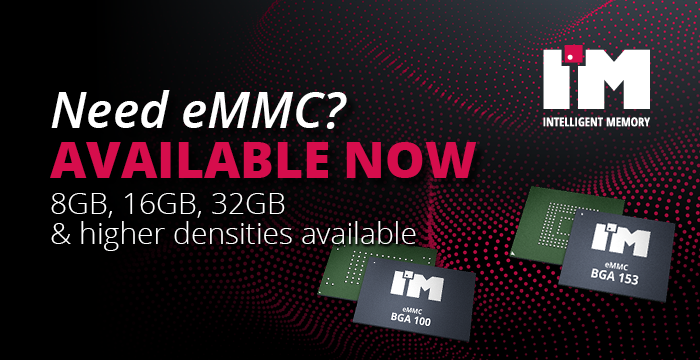
Choosing the right material combo for your PCB
PCBs are the backbone of electronic devices, serving as the foundation for more or less every electronic product you interact with on a daily basis. Therefore, the selection of materials for PCBs is a critical aspect of the design process, directly impacting the performance, reliability, and longevity of the end product.
While the importance of choosing the right material combination cannot be overstated, it is equally true that navigating different choices is a difficult task, especially in a timeframe that is acceptable.
Terho Koivisto, sales manager in Finland at PCB supplier Confidee AS, says that overspecifying your requirements can make it hard to find a compliant partner. If you are too strict in terms of allowed materials types you run the risk of narrowing your choice of manufacturers, and it can also lead to non-competitive pricing.
He continues to state that your choice in material types and dielectric impedance requirements can all impact delivery if not stated correctly.
The end goal is a smooth process and reduced material issues at the order stage.
Some things to keep in mind is that one might experience longer lead times and higher costs when choosing “exotic” materials or material combinations for RF/Digital PCBs compared to standard FR4.
So either you plan ahead, or you work with people who handle complex supply chains and designs on a daily basis. Still, the general rule of thumb is don’t overcomplicate an already complicated situation.
The materials used in a PCB have a significant impact on the electrical, thermal, and mechanical qualities. The material combination chosen has a direct impact on factors like signal integrity, power consumption, heat dissipation, and overall durability. Different applications may require specific characteristics, making material selection a project-specific procedure.
So what is important to figure out is how, where and in what capacity your product will operate – and make de design choices based on this. Once that is completed cost considerations and availability and supply chain risks come into play. This is when a sourcing partner with insight and knowledge in both the design- and market aspects can prove to be valuable.
They can assess the material type in conjunction with the technology and find a suitable supplier
s and manufacturers – making sure that time to market is not compromised.
Terho Koivisto will, during Evertiq Expo Tampere on November 29, 2023, dive into the world of selections and choices in regard to material alternatives and stack ups. He will provide key pointers on what to keep in mind and consider when making the best choice for your printed circuit.



